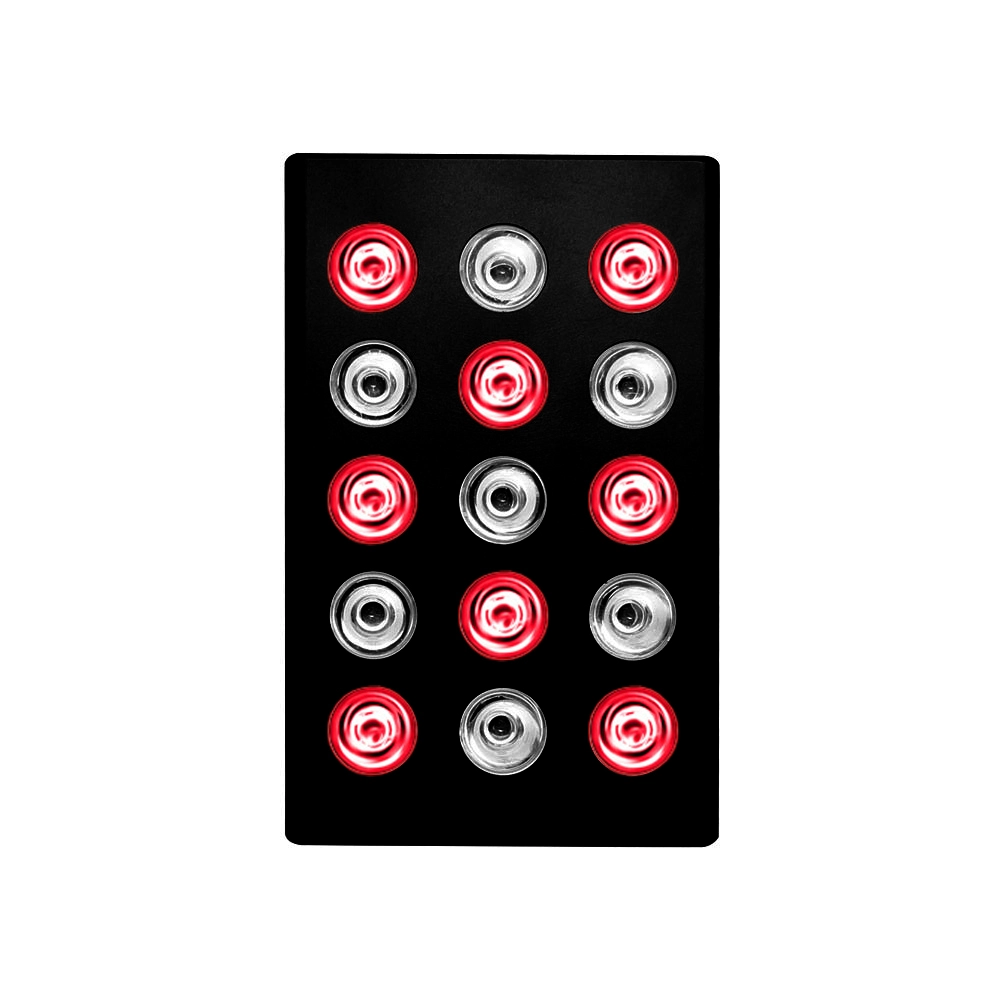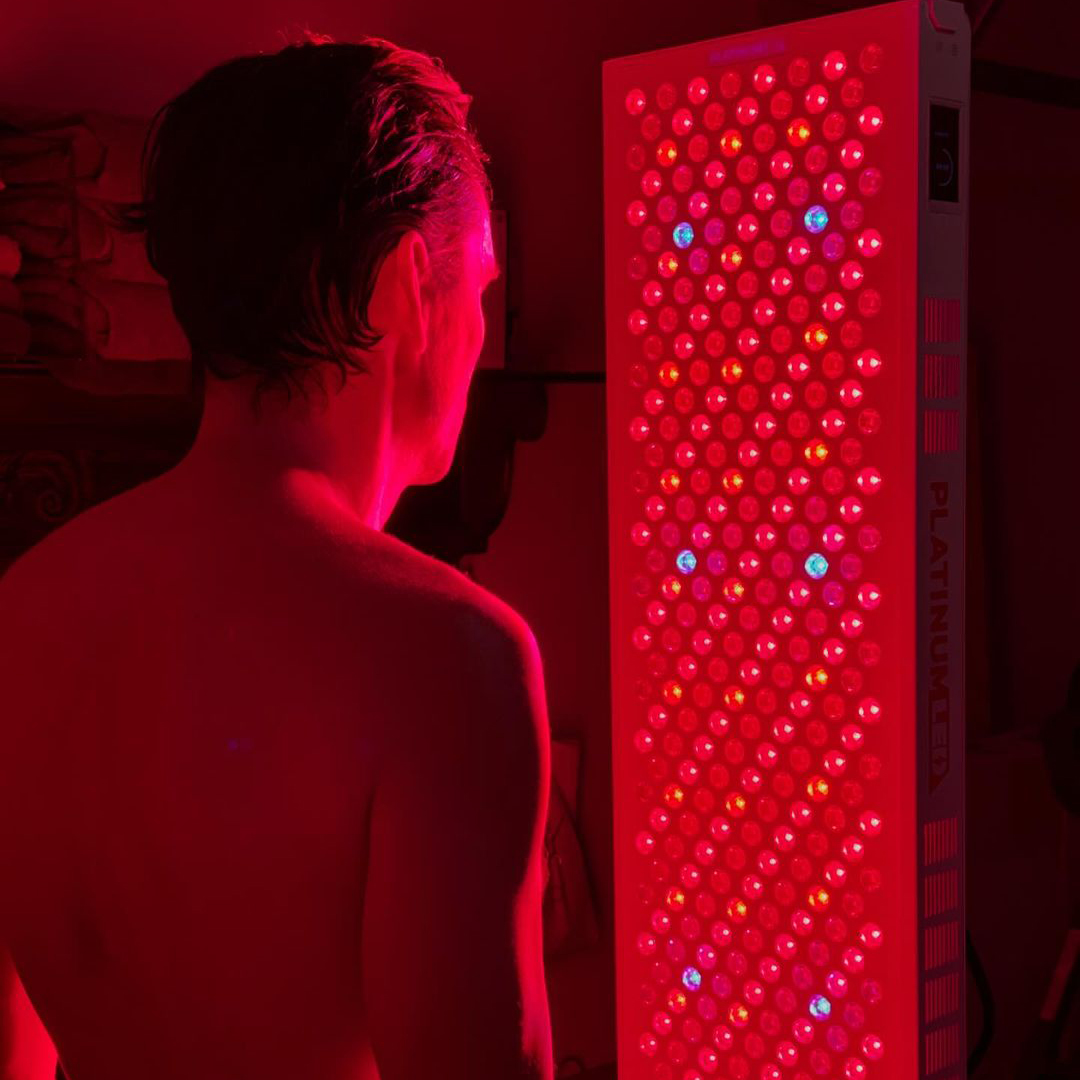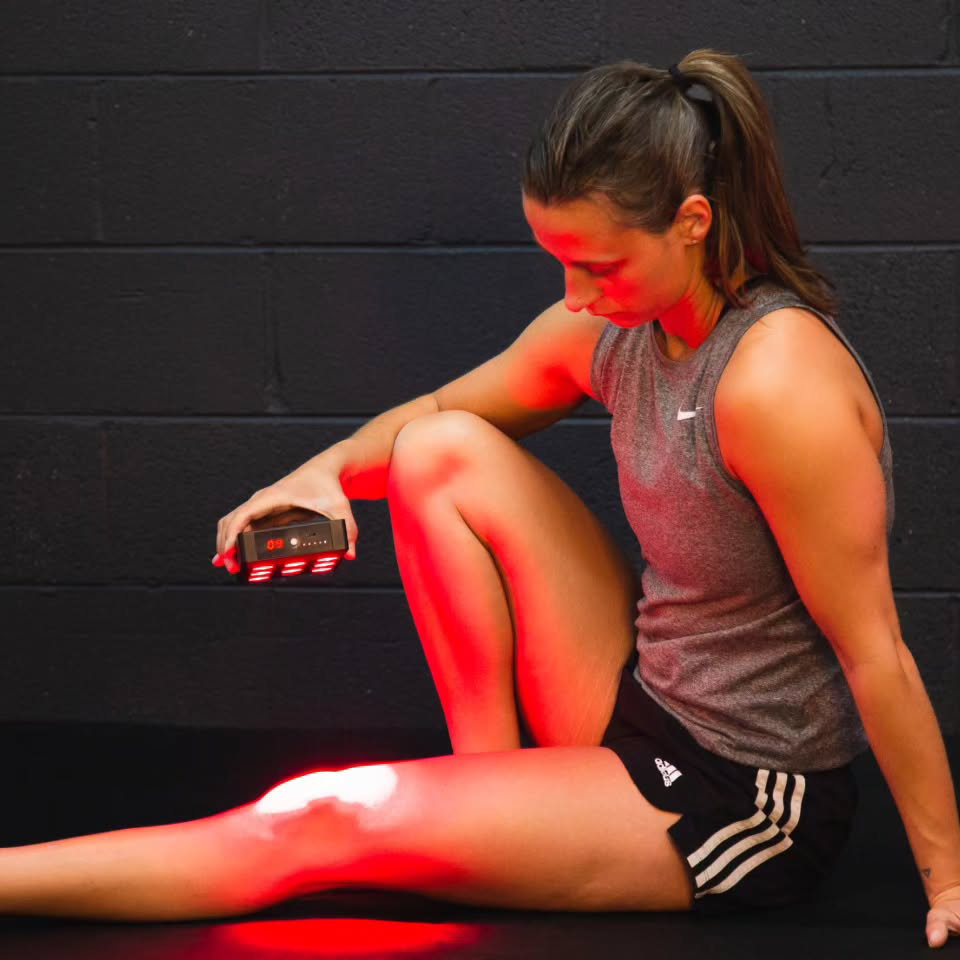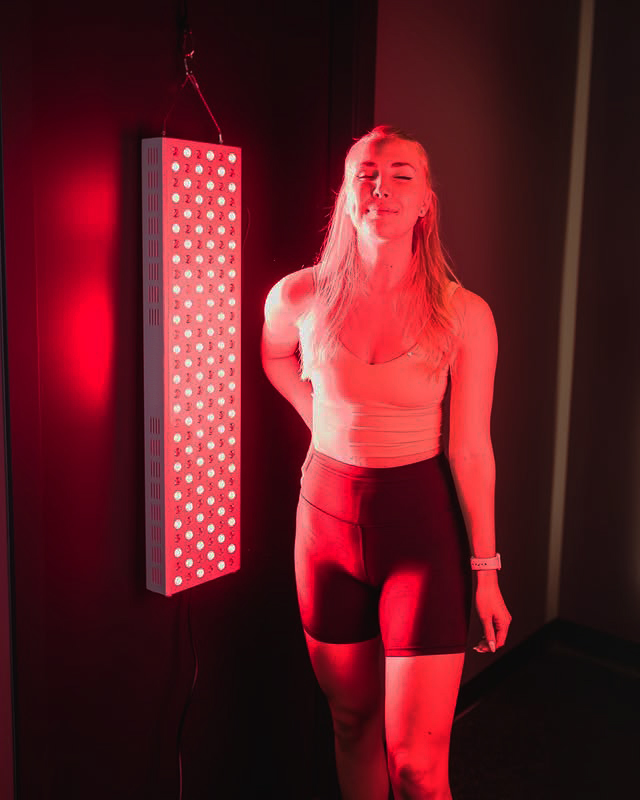![]() Free Shipping
Free Shipping ![]() Buy Now, Pay Later
Buy Now, Pay Later ![]() Eligible
Eligible
Red Light Therapy for Thyroid: Everything You Need to Know
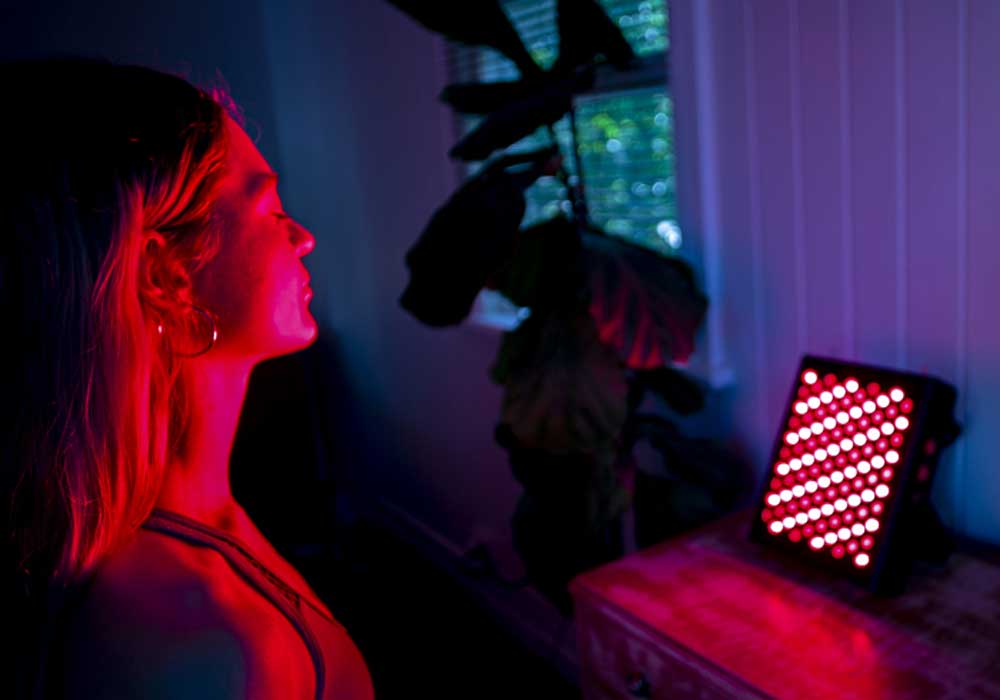
Red light therapy (RLT) is a powerful and natural way to help treat thyroid problems. It is often used as an alternative or complementary treatment for hypothyroidism, hyperthyroidism, and other disorders of the endocrine system. RLT works by delivering light waves of different frequencies into the body’s various tissues and organs. This helps to stimulate the production of hormones, enzymes, and other bodily chemicals that are necessary for proper thyroid functioning. Additionally, RLT can help reduce inflammation in the thyroid gland which can cause imbalances in hormone levels.
Why is it essential to have a healthy thyroid?
Having a healthy thyroid is essential for overall health and well-being. The thyroid is the main gland of the endocrine system, responsible for producing hormones that regulate many metabolic processes throughout the body. These hormones help to control the body’s temperature, heart rate, blood pressure, weight, and metabolism—all of which are important functions for maintaining health. When something goes wrong with the thyroid, it can lead to a range of problems, from feeling tired and fatigued to having difficulty losing weight.
The most common condition affecting the thyroid is hypothyroidism, which occurs when the gland does not produce enough hormones. Symptoms may include fatigue, constipation, dry skin and hair, weight gain, cold intolerance (feeling cold when others are not), muscle weakness, and depression. If left untreated, hypothyroidism can lead to more serious problems such as heart disease, infertility, and osteoporosis.
The opposite is hyperthyroidism, which occurs when the thyroid overproduces hormones. Symptoms may include fatigue, sudden weight loss, anxiety, irritability, difficulty sleeping, irregular menstrual periods, and a rapid heart rate. If left untreated, hyperthyroidism can lead to an enlarged thyroid gland (goiter), irregular heartbeat (arrhythmia), and even eye problems such as bulging eyes or double vision.
Symptoms of low metabolic rate/hypothyroidism
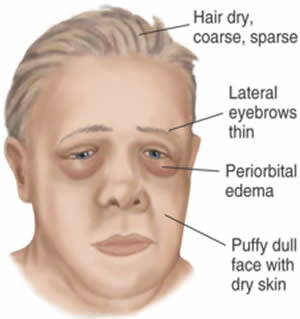
- Low heart rate (below 75 bpm)
- Low body temperature, less than 98°F/36.7°C
- Always feel cold (esp. hands and feet)
- Dry skin anywhere on body
- Moody / angry thoughts
- Feeling of stress / anxiety
- Brain fog, headaches
- Slow growing hair/fingernails
- Bowel issues (constipation, crohns, IBS, SIBO, bloating, heartburn, etc.)
- Frequent urination
- Low/no libido (and/or weak erections / poor vaginal lubrication)
- Yeast/candida susceptibility
- Inconsistent menstrual cycle, heavy, painful
- Infertility
- Rapidly thinning/receding hair. Thinning eyebrows
- Bad sleep
How does red light therapy work?
Red light therapy works by exposing the skin to red and near-infrared light rays. This stimulates the mitochondria in our cells, which helps increase the production of adenosine triphosphate (ATP). The increased ATP levels prompt the release of nitric oxide, a molecule that improves blood flow and circulation, providing more oxygen and nutrients to the tissue. This, in turn, helps reduce inflammation and pain while promoting the production of collagen and elastin to improve skin texture and reduce signs of aging. Additionally, red light therapy can stimulate fibroasts to produce more hyaluronic acid for improved hydration and plumpness. Red light therapy also helps protect against free radical damage from UV rays that can cause premature skin aging.
VELLGUS mini
THE #1 BEST HANDHELD RED LIGHT THERAPY DEVICE
VELLGUS pro
THE #1 RATED FULL BODY RED LIGHT DEVICE
How safe is red light therapy for thyroid?
Red light therapy is considered safe for the thyroid. It has been shown to improve thyroid functioning by increasing the release of triiodothyronine, a hormone produced by the thyroid. Furthermore, research shows that red light therapy is well tolerated and does not produce any significant side effects in people with normal thyroid function. However, as with any medical intervention, you should speak with your doctor before trying red light therapy for thyroid-related conditions. It is also important to remember that while red light therapy may provide some relief, it should not be viewed as a primary treatment for any medical condition.
It is also important to note that since the long-term effects of red light therapy are still unknown, it’s best to use caution and follow the directions of a qualified healthcare provider when considering this therapy. Additionally, those with hyperthyroidism should consult their doctor before trying red light therapy, as it could potentially worsen the condition.
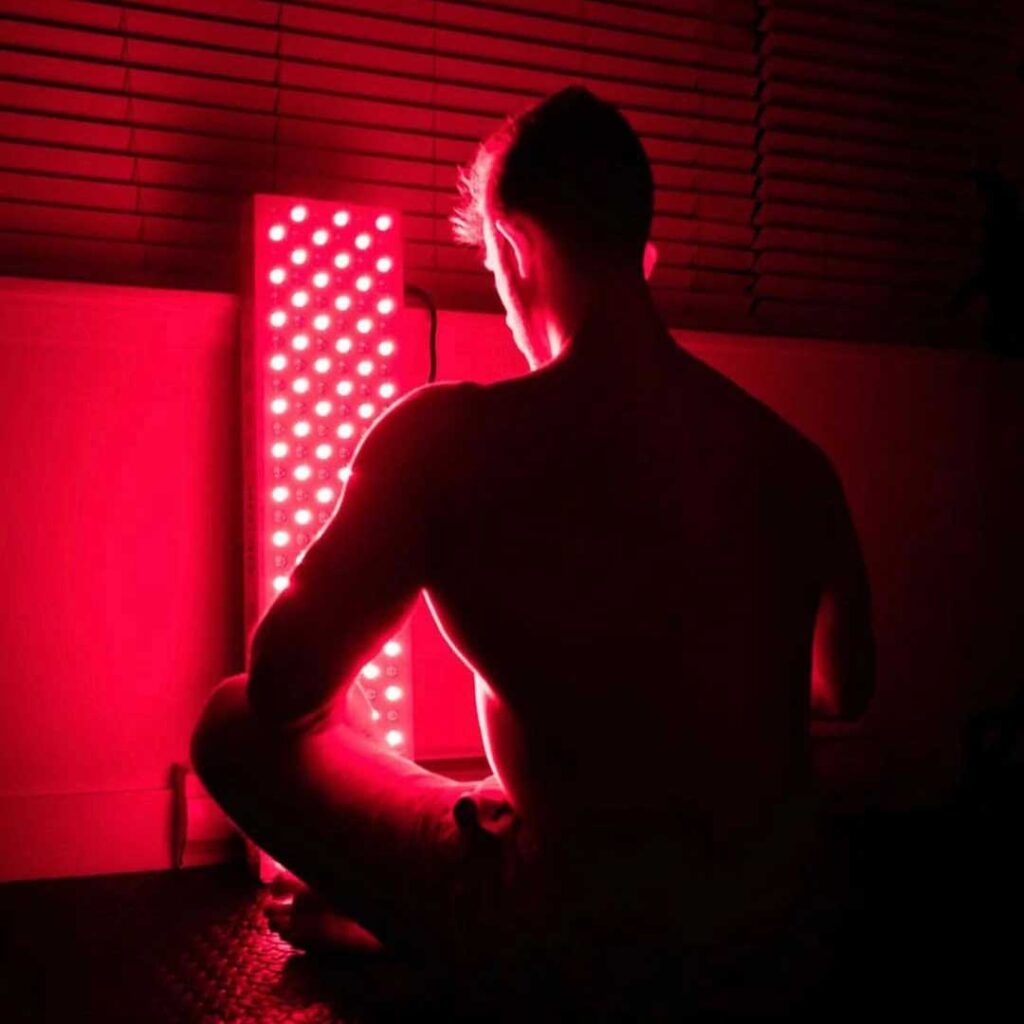
Benefits of red light therapy for thyroid
It helps reduce medication time in Hashimoto thyroiditis (hypothyroidism).
Dr. D.B. Höfling of the University of Sao Paulo Medical School in Brazil led a study on the effects of red light therapy on individuals with hypothyroidism. He and his team discovered that close to 50% of those who participated in the experiment were able to entirely stop taking medication during the nine months of follow-up. The red light effectively regenerated the thyroid follicular cells responsible for releasing normal concentrations of T3 and T4.
📢 SPECIAL OFFER: Get FREE shipping for any VELLGUS red light therapy device!
Dos and Don’ts of red light therapy for thyroid health
Do’s:
– Make sure to wear protective eyewear when using red light therapy. Exposure to high intensity light can cause damage to your eyes, so it is important to protect them during treatment.
– Select a device that is intended for use on the thyroid or neck area specifically, as this will enable you to target problem areas more easily.
– Follow the instructions of your doctor or practitioner when using red light therapy for thyroid health. It is important to follow their advice on how long and how often you should use it for maximum results.
– Speak with your doctor before beginning any supplement routine in conjunction with red light therapy, as some supplements may interfere with treatment effectiveness.
Don’ts:
– Do not share your device with anyone else. Red light therapy devices should never be used by someone other than the individual for whom they are prescribed, as there is a risk of transmitting skin infections or other illnesses.
– Avoid looking directly into the light while using red light therapy. It is important to protect your eyes from excessive exposure, as this can cause vision damage.
– Don’t use red light therapy on any area of the body other than the neck and thyroid, as it may not be effective in treating other conditions.
– Do not exceed the recommended duration or frequency of treatments prescribed by your doctor or practitioner. Doing so could result in overstimulating the thyroid and causing further health complications.
What does red light therapy do to your thyroid?
Red light therapy does not have a direct impact on the thyroid, but it can help support overall health and wellness. Red light therapy has been shown to increase energy levels, reduce inflammation, promote better sleep patterns, boost immunity, and balance hormones—all of which are beneficial for maintaining a healthy thyroid. Studies also suggest that red light therapy may even be able to help with thyroid-related issues, such as hypothyroidism and hyperthyroidism, by supporting the endocrine system. Therefore, red light therapy can be an important part of a holistic approach to treating and maintaining a healthy thyroid.
What to expect after red light therapy?
The effects of red light therapy vary from person to person, but many people report feeling more energized and refreshed after a session. It is also common for skin to have a temporary pinkish hue due to increased blood flow. Other possible benefits may include improved sleep quality, reduced joint pain, better circulation, fewer wrinkles, and clearer skin. People who use red light therapy on a regular basis may see long-term effects such as improved skin texture and reduced inflammation. Ultimately, it is important to experiment with different frequencies and intensities of red light to find the most effective setting for your needs.
References
ISRN Endocrinol. 2012; 2012: 126720. Assessment of the Effects of Low-Level Laser Therapy on the Thyroid Vascularization of Patients with Autoimmune Hypothyroidism by Color Doppler Ultrasound. Danilo Bianchini Höfling, Maria Cristina Chavantes, Adriana G. Juliano, Giovanni G. Cerri, Meyer Knobel, Elisabeth M. Yoshimura, and Maria Cristina Chammas
Lasers Surg Med. 2010 Aug;42(6):589-96. Low-level laser therapy in chronic autoimmune thyroiditis: a pilot study. Höfling DB, Chavantes MC, Juliano AG, Cerri GG, Romão R, Yoshimura EM, Chammas MC.
Lasers Med Sci. 2013 May;28(3):743-53. Low-level laser in the treatment of patients with hypothyroidism induced by chronic autoimmune thyroiditis: a randomized, placebo-controlled clinical trial. Höfling DB, Chavantes MC, Juliano AG, Cerri GG, Knobel M, Yoshimura EM, Chammas MC.
Azevedo LH, Aranha AC, Stolf SF, Eduardo CD, Vieira MM. Evaluation of low intensity laser effects on the thyroid gland of male mice. Photomedicine and laser surgery 2005; 23: 567-570.
Photochem Photobiol. 2015 Jul-Aug;91(4):942-51. Phototherapeutic Effect of Low-Level Laser on Thyroid Gland of Gamma-Irradiated Rats. Morcos N, Omran M, Ghanem H, Elahdal M, Kamel N, Attia E.
Dubovik V. The postoperative rehabilitation of the autoimmune thyroiditis patients with the use of lowintensive laser radiation.
Photomed Laser Surg. 2014 Nov;32(11):612-7. Effect of three different protocols of low-level laser therapy on thyroid hormone production after dental implant placement in an experimental rabbit model. Weber JB, Mayer L, Cenci RA, Baraldi CE, Ponzoni D, Gerhardt de Oliveira M.
Вера Александровна Кривова: Non-invasive low level laser system in rehabilitation of patients with autoimmune thyroiditis (Диссертация, 2010) – Translated
Д.А. ПУЗИН: Laser therapy in the treatment of subclinical hypothyroidism of various etiologies – Translated
Photomed Laser Surg. 2014 Aug;32(8):444-9. Effects of low-level laser therapy on the serum TGF-β1 concentrations in individuals with autoimmune thyroiditis. Höfling DB, Chavantes MC, Acencio MM, Cerri GG, Marui S, Yoshimura EM, Chammas MC.
J Athl Train. 2004 Jul-Sep; 39(3): 223–229. Low-Level Laser Therapy Facilitates Superficial Wound Healing in Humans: A Triple-Blind, Sham-Controlled Study. J. Ty Hopkins et al.
Rajender S, Monica MG, Walter L, Agarwal A. Thyroid, spermatogenesis, and male infertility. Front Biosci (Elite Ed). 2011 Jun 1;3:843-55.
Kolarova H, Ditrichova D, Waqner J. Penetration for the laser light into the skin in vitro. Lasers in surg Med 1999; 24: 231.
Laser Ther. 2011; 20(3): 205–215. Is light-emitting diode (LED) phototherapy really effective? Won-Serk Kim and R Glen Calderhead
An Bras Dermatol. 2014 Jul-Aug;89(4):616-23. Effects of low-power light therapy on wound healing: LASER x LED. Chaves ME et al., 2014
Irani S, Monfared SSMS, Akbari-Kamrani M, Abdol-lahi M, Larijani B. Effect of low-level laser irradiation on in vitro function of pancreatic islets. Transplantation Proceedings 2009; 41: 4313-4315.
Mendis-Handagama SM, Siril Ariyaratne HB. Leydig cells, thyroid hormones and steroidogenesis. Indian J Exp Biol. 2005 Nov;43(11):939-62.


